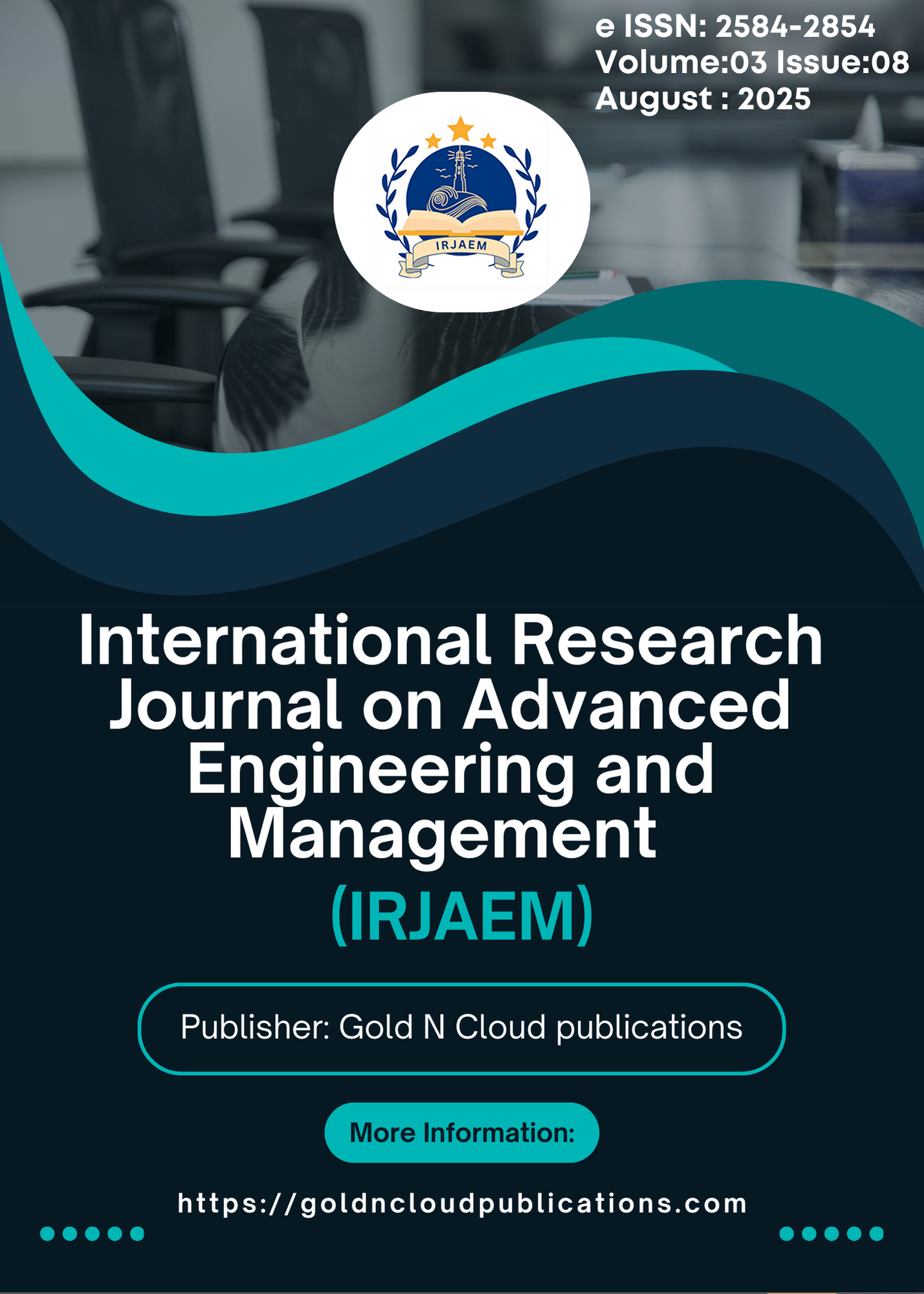Exploring Marginalized Voices: Caste and Class Intersections in G. Kalyana Rao’s Untouchable Spring
DOI:
https://doi.org/10.47392/IRJAEM.2025.0416Keywords:
Suppression and Generations, Upper Castes, Dalits, UntouchablesAbstract
The numerous difficulties that marginalized communities encounter are frequently caused by systemic discrimination, historical injustices, and socioeconomic inequalities. These are widespread and complex struggles that affect many facets of life, including housing, work, healthcare, education, and justice. It is imperative to comprehend and tackle the hardships faced by these communities in order to advance social justice and cultivate a more diverse community. The systematic exclusion of some groups from mainstream social, economic, and political life is referred to as marginalization. Usually, this exclusion is motivated by traits like socioeconomic class, gender, sexual orientation, race, or ethnicity. Marginalization has serious repercussions that cause notable differences in opportunities, resources, and results for those who experience it. This research paper tries to shed light on the hardships faced by underprivileged groups, paying particular attention to G.Kalyana Rao's novel Untouchable Spring. The novel is written originally in Telugu titled Antarani Vasantam. The novel tells the story of the generational battle of Dalits against the cruel customs of Hindu castes that drove them into exile from society and provided them with no defense against natural disasters. The past recollections of Ruth and Reuben are the focus of the novel. The narrative revolves around the lives of the Mala-Madigas of Andhra Pradesh's Yennella Dinni village and six generations of a Dalit family. In his novel, Rao effectively captures the ethnicity of the untouchables, giving the impression that he has personally experienced their way of life. Occasionally, he portrays the harsh attitude of the upper castes in the novel.
Downloads
Downloads
Published
Issue
Section
License
Copyright (c) 2025 International Research Journal on Advanced Engineering and Management (IRJAEM)

This work is licensed under a Creative Commons Attribution-NonCommercial 4.0 International License.


 .
. 